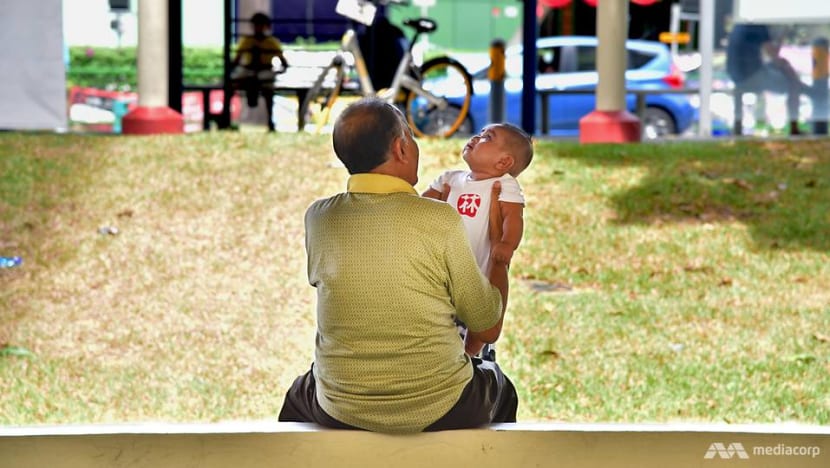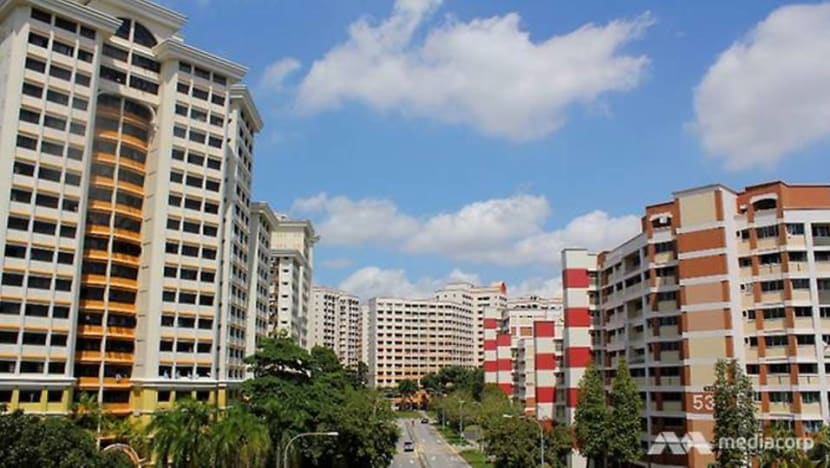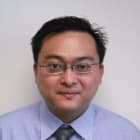commentary Commentary
Commentary: You can still retire at 40, even with a longer life expectancy
And it doesn’t involve an onerous amount of savings, says one financial consultant.

Man on a beach doing a handstand. (Photo: Pixabay)
SINGAPORE: My personal journey towards early retirement started in my mid-twenties when I studied for my Masters in Applied Finance at the National University of Singapore.
At that time, I was working in the IT sector.
And I have never held a job that gave me a salary that exceeded S$10,000 a month.
But at 39, the dividends from my investment portfolio began to exceed my take home pay and I was able to not just retire from the corporate workforce altogether, but also pay my way through a three-year Doctor of Jurisprudence program in Singapore Management University using my dividend payouts.
I have since completed my legal practice training and have been called to the Bar in August 2018.
And it’s has been four years since I held a job that paid a regular income.
LIVING LONGER LIVES
According to the Institute of Health Metrics and Evaluation (IHME), in the year 2040, Singaporeans would have an average life expectancy of 85.4 years.
Some are concerned about needing to work longer to ensure they can have a comfortable retirement in old age.
READ: Living longer? Here’s what working for 60 years should look like, a commentary
While longevity may require you to have more money to support yourself in old age, it doesn’t mean your means must come from an ever-shrinking pot of savings.
With careful planning, a retiree in Singapore can sustain himself through investment income that come from investing in securities on the Singapore Stock Exchange.
According to the Department of Statistics’ Household Expenditure Survey data last released in 2013, the average retiree household spends S$1,700 per month. Let’s say this amounts to S$2,000 in 2018.

If we adopt a withdrawal rate of 4 per cent, the proportion of your investments you can withdraw each year without running out of money before reaching the end of your life used by the financial planning industry, a portfolio in Singapore equities worth S$600,000 would be sufficient to sustain this this level of expenditure until the end of one’s life.
Furthermore, CPF Life can provide additional income that act as a cushion to deal with shortfalls that may arise during your retirement.
Constructing such a retirement portfolio that can sustain your lifestyle after you retire requires the application of three skills in tandem with each other.
READ: Reasonable to expect S$3,000 a month for retirement, a commentary
1. EARNING MORE MONEY
The most important skill is to figure out how to earn more money. This means ensuring that you can earn the most money in the given time that you have in the corporate world.
Corporate loyalty is a thing of the past. Staying in a job role for too long can lead to stagnant salaries.
According to local news reports, job hopping strategically once every three to four years can provide the occasional 10 to 20 per cent income boost. This is superior to the 3 to 6 per cent increment that employers were reported to have said they intend to give workers in 2018 earlier in February.
There is also the option to participate in the gig economy on weekends, providing tuition to students, or freelancing on a project, to boost your income further, if permitted by your current employment contract.

2. SAVING MORE MONEY
But it is pointless earning more money if you have no means of saving it.
When I began my journey towards early retirement, I stopped eating at restaurants and even became vegetarian for at least one meal a day to squeeze out more savings every month.
At the broadest level, you should maintain a budget and track your regular expenses. However, the most effective means of saving money is to make big life decisions that avoid major expenses in the first place.
One such life decision involves buying a more affordable HDB flat to keep mortgage expenses low. The other decision is to forego the use of a car or taking a cab everywhere, and stick with taking public transport. These decisions can easily save thousands of dollars that can be invested later.
In my early retirement masterclass, I would get my students to track their expenses. During the last run, we realised that most of them spent too much on insurance premiums when I benchmarked them against the rest of the Singapore population.
Can it be that our financially responsible citizens are locking up too much money too soon in such schemes?
It is worth noting that these same people tend to spend too much money on their home mortgages and it might be worth reviewing your home loan to see if refinancing might shave off more unnecessary costs.

3. INVESTING MORE EFFECTIVELY
But saving can also only take you so far. Singaporeans have suffered low returns for far too long.
Local news reports in September revealed that the CPF Investment Scheme unit trusts and investment-linked policies returned 15.8 per cent during the three-year period ending June 2018. During this same period, stocks on the MSCI All-Country Asia Ex-Japan, an index that tracks the investment returns on Asian equities except for Japan, rose 25.2 per cent.
You can have a healthier retirement if you are willing to be more proactive and hands-on when investing your personal funds. This means taking some pain to educate yourself until you are comfortable investing directly in the stock market.
Before I started on my formal training in finance, I spent most of my money investing in unit trusts which can impose expenses of up to 3 per cent each year. International equities returned 9 per cent since 1982, which means I could only expect returns of around 6 per cent after paying off the active fund manager and various miscellaneous expenses incurred by the fund.
Relying on exchange-traded funds (ETFs) such as the Straits Times Index (STI) ETF does not get any better for retail investors. If you have invested in this ETF for the past 10 years, you would have achieved an annualised return of 6.4 per cent. S$100,000 invested in the STI ETF 10 years ago would now be worth S$185,430.
By simply switching to the strategy of buying each STI component in equal weights, you can increase your annualised returns to 7.6 per cent per annum. S$100,000 invested in an equal weighted portfolio 10 years ago would now be worth S$207,440.
READ: Saving too little, starting too late, do we have enough for retirement? A commentary

The annualised returns are different because the STI is a capitalisation-weighted index and you are in essence putting a larger proportion of your money into the larger companies in the STI such as our local banks.
But buying more of a stock as market capitalisation increases goes against the idea that one should buy more of stock at lower rather than higher prices.
Performance can be improved if you select stocks based on simple value investing measures. If you choose to buy 15 of the highest yielding dividend stocks of the STI based on its last annual report, you would have achieved a return of 12.9 per cent if you had done so in the past 10 years. S$100,000 invested using this strategy 10 years ago would become S$367,600 today.
You can find a table that lists the dividend yield corresponding to each STI stock component in local business publications. Simply choose 15 of the stocks that give out the highest dividend yields, buy them in equal proportions, hold them for a year and repeat this exercise after one year.
EXAMINE REITS
Perhaps there will never be a better instrument for retirees than investing in Singapore Real Estate Investment Trusts or S-REITs. An equal weighted portfolio of REITs can provide dividends of 6 to 7 per cent in current market conditions.
In other words, a retiree with a S$100,000 portfolio of REITs can expect a passive income of S$6,000 to S$7,000 every year. Combine this with some income from CPF Life, this is may be just enough to sustain a retiree household at S$2,000 per month.
For now, the income from REITs do not attract corporate or personal income taxes. If you had invested in every REIT in SGX for the past 10 years, you would have achieved a return of 11.3 per cent. This return even comes with a lower volatility compared to the STI index, allowing many retirees to sleep well at night.
LONGEVITY MATTERS LESS WITH CAREFUL RETIREMENT PLANNING
Enjoying an effective early retirement is not a pipe dream.
A Singaporean has to apply three skills simultaneously – to find creative ways to increase his earned income so that it can set aside for investment purposes and deftly managing one’s career and personal expenses while being on the constant lookout for superior investment ideas.
The successful application of these skills would make longevity a non-issue when it comes to retirement planning.
Christopher Ng Wai Chung runs a financial blog and conducts an Early Retirement Masterclass.















